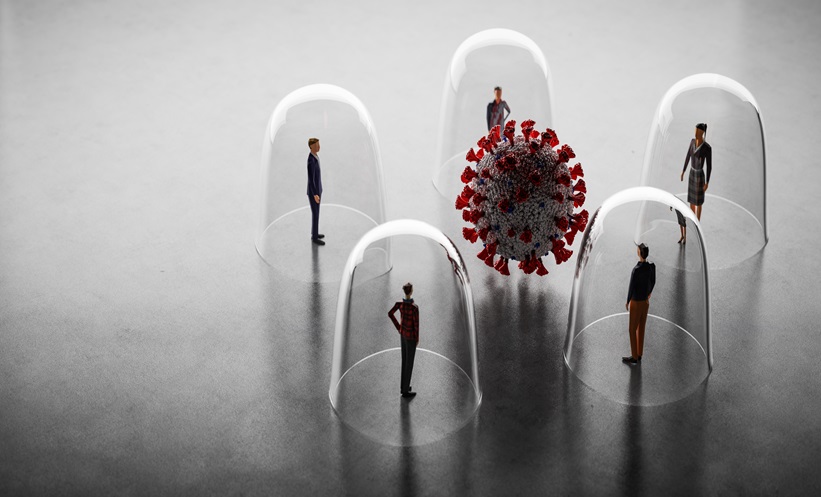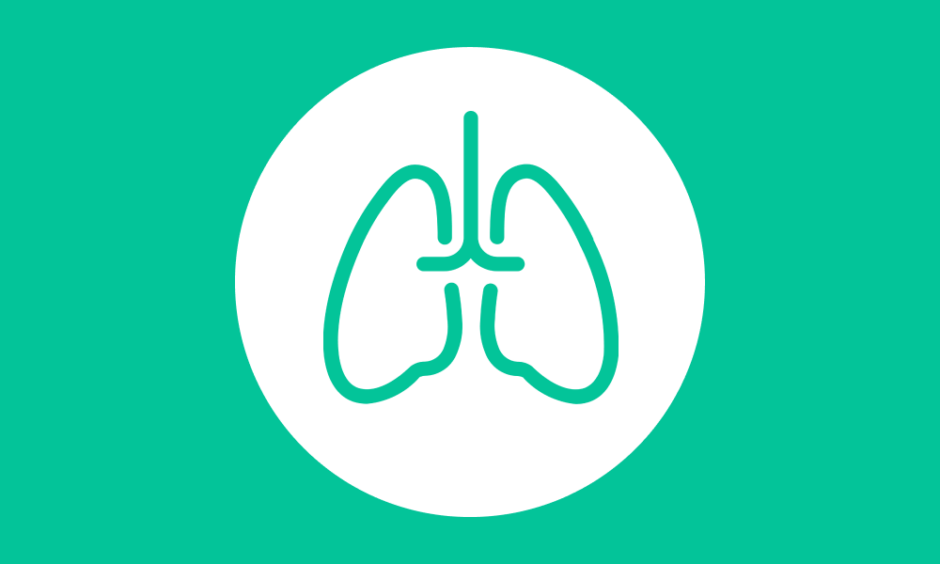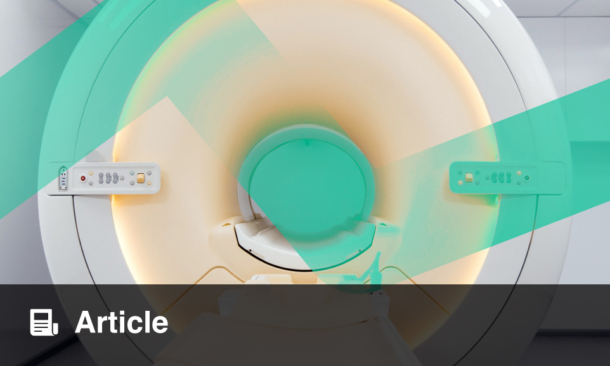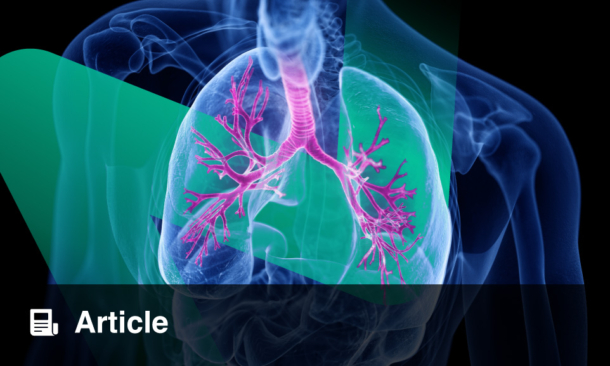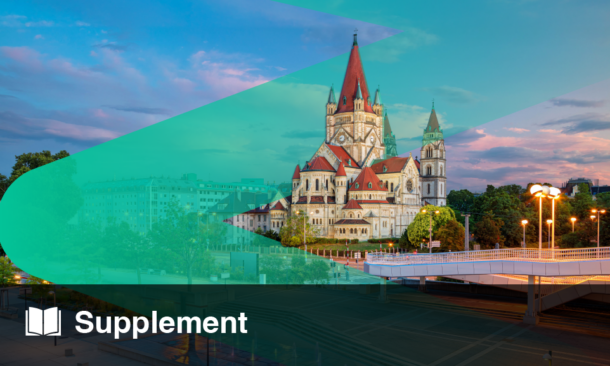A RECENT longitudinal cohort study revealed that a significant proportion of patients who had COVID-19, continue to experience residual lung abnormalities and impaired pulmonary function three years after hospitalisation. The study evaluated the long-term progression of lung damage and pulmonary health in COVID-19 patients versus non-COVID-19 controls.
Seven hundred and twenty-eight COVID-19 survivors who showed residual lung abnormalities upon discharge from two hospitals were enrolled in the prospective study. These assessments included pulmonary function tests, 6-minute walk distance (6MWD) tests, chest computed tomography (CT) scans, and symptom questionnaires. For comparative purposes, 792 non-COVID-19 controls were retrospectively recruited.
Results showed that between six months and three years, there was no notable improvement in several measures, including, the percentage of patients with reduced diffusing capacity of the lung for carbon monoxide (DLCO) decreased from 49% to 38% (p=0.001). The 6MWD distance increased from 496 metres to 510 metres (p=0.002). and the proportion of patients with residual lung abnormalities decreased from 46% to 36% (p<0.001), regardless of disease severity.
Additionally, at the three-year mark, patients with ongoing residual lung abnormalities were more likely to experience respiratory symptoms, 32% of these patients’ reported symptoms compared to 16% of those with complete resolution (p<0.001). The 6MWD has also reportedly shown low parameters at 494 meters versus 510 meters for those without abnormalities (p=0.003). patients also showed abnormal DLCO, with 57% compared to 27% in those with complete resolution (p<0.001).
Furthermore, at the 3-year follow-up, COVID-19 survivors had significantly higher proportions of DLCO impairment at 38% versus 17% in control groups (p<0.001). And they presented a higher rate of respiratory symptoms at 23% versus 2.2% in the control group (p<0.001).
The study concluded that while most COVID-19 survivors showed improvements in radiological abnormalities and pulmonary function over time, a substantial number continued to have persistent lung abnormalities and associated respiratory symptoms three years post-hospitalisation, which stresses the importance of long-term monitoring and support for COVID-19 survivors, as ongoing lung impairment can significantly affect their quality of life and physical capacity. Long-term care strategies and continuous targeted interventions are needed to tackle and manage persistent symptoms and improve overall pulmonary health outcomes in this population.
Further research is needed to explore therapeutic approaches that could mitigate long-term lung damage and enhance recovery in COVID-19 survivors.
Aleksandra Zurowska, EMJ
Reference
Han X et al. Long-term radiological and pulmonary function abnormalities at 3 years after COVID-19 hospitalisation: a longitudinal cohort study. Eur Resp J. 2024;64:2301612.

